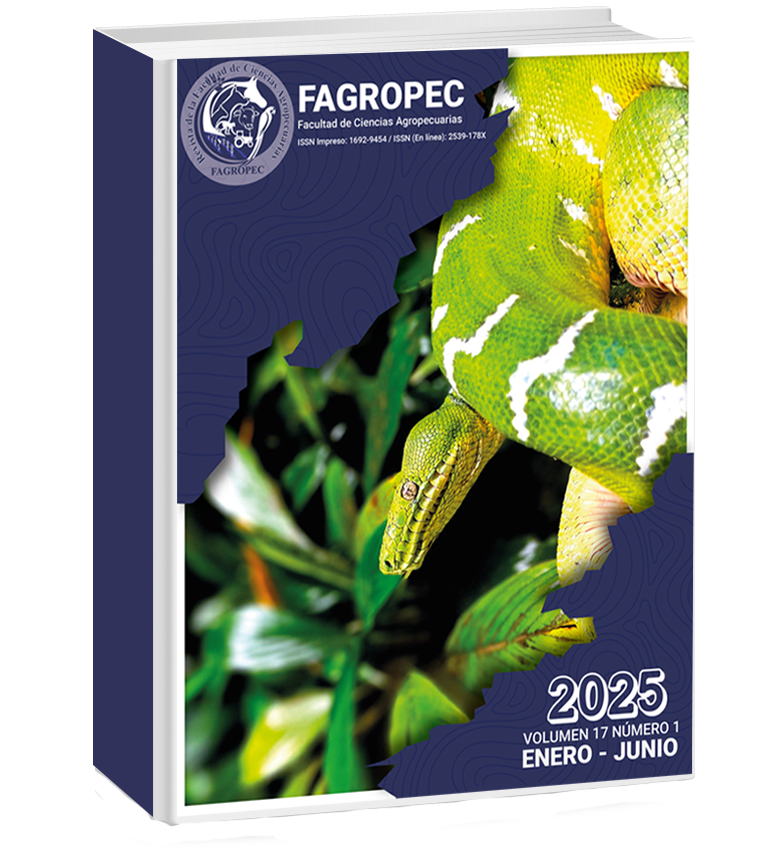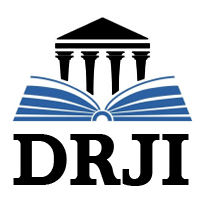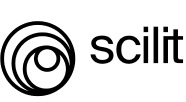EVALUATION OF NDVI IN COFFEA ARABICA THROUGH THE USE OF DIFFERENT SENSORS
DOI:
https://doi.org/10.47847/fagropec.v17n1a2Keywords:
precision agriculture, Coffea arabica, remote sensing, sensors, telemetryAbstract
Agriculture is currently facing increasingly significant challenges to ensure its sustainability and productivity. In this context, efficient information management has become a fundamental tool for optimizing decision-making. This study evaluated the efficiency of two types of sensors in data collection within a coffee crop (Coffea arabica), through the estimation of the Normalized Difference Vegetation Index (NDVI) at different phenological stages. A contact sensor (PlantPen NDVI 310) and a remote sensor mounted on an unmanned aerial vehicle (High Precision Single Sensor NDVI – Sentera) were compared. The experiment was conducted in a plot of the Cenicafé 1 coffee variety, located in the municipality of Consacá, Nariño department, considering three evaluation points during the reproductive phase. Descriptive analyses, frequency distribution, and spatial interpolation were applied to compare the results obtained by both methods. The data revealed that both sensors recorded similar trends in NDVI variations associated with crop development and vigor. However, the results highlighted the need to use both methods complementarily to enhance the interpretation of the crop’s physiological status, as each technology presents specific advantages and limitations in terms of efficiency and applicability.
Downloads
References
Alcaldía municipal de Consacá, (2020). Plan de desarrollo municipio de Consacá 2020 –2023. https://alcaldiaconsacanarino.micolombiadigital.gov.co/sites/alcaldiaconsacanarino/content/files/000385/19246_plan-de-desarrollo-municipio-de-consaca-definitivo.pdf
Aluko, J., Kumar, R., & Zhang, Y. (2021). Understanding source–sink dynamics in crop plants for improved productivity. Physiologia Plantarum, 173(2), 431–446.
https://doi.org/10.1111/ppl.13244
Ángeles, R., Geraldi, M., & Marini, F. (2020). Procesamiento digital de imágenes satelitales. Metodologías y técnicas.
http://hdl.handle.net/11336/135234
Centro Nacional de Investigaciones de Café – Cenicafé. (2022). Informe Anual Cenicafé 2022.
https://doi.org/10.38141/10783/2022
Centro Nacional de Investigaciones de Café. (2014). La fenología del café, una herramienta para apoyar la toma de decisiones. https://cenicafe.org/es/publications/avt0441.pdf
Chang, T. G., Zhu, X.-G., & Raines, C. A. (2017). Source–sink interaction: A century old concept under the light of modern molecular systems biology. Journal of Experimental Botany, 68(16), 4417–4431.
https://doi.org/10.1093/jxb/erx002
Chaves, J., & Sarruge, J. R. (1984). Alterações nas concentrações de macronutrientes nos frutos e folhas do cafeeiro durante um ciclo produtivo. Pesquisa Agropecuária Brasileira, 19(11), 1307–1312.
Cuervo, F. (2016). Utilización de imágenes multiespectrales para el análisis del comportamiento de la firma espectral del lago de Tota y la influencia de los cultivos de cebolla. Universidad Militar Nueva Granada.
http://hdl.handle.net/10654/15602
Federación Nacional de Cafeteros de Colombia – FNC (2022). Café de Nariño: Datos de interés.
https://narino.federaciondecafeteros.org/narino/
Fuentes, F., Ortega, S., Rivera, M., Bardeen, M., & Moreno, M. (2019). Comparison of vegetation indices acquired from RGB and multispectral sensors placed on UAV. IEEE Conference Proceedings.
https://doi.org/10.1109/ICA-ACCA.2018.8609861
Herrera, E. (2019). La revolución tecnológica en el campo. Razón Pública.
Laviola, B. G., Martinez, H. E. P., Salomão, L. C. C., Cruz, C. D., & Mendonça, S. M. (2007). Acúmulo de nutrientes em frutos de cafeeiro em quatro altitudes de cultivo: cálcio, magnésio e enxofre. Revista brasileira de ciência do solo, 31, 1451-1462. https://doi.org/10.1590/S0100-06832007000600022
Martin, K., Hodgen, P., Freeman, K., Melchiori, R., Arnall, D., Teal, R., ... & Raun, W. (2005). Plant-to-plant variability in corn production. Agronomy Journal, 97(5), 1603–1611.
https://doi.org/10.2134/agronj2005.0129
Meneses, V., Velásquez, D., & Téllez, J. (2016). Sistema de optimización de las técnicas de planificación en agricultura de precisión por medio de drones. Universidad Nacional de Colombia.
Muñoz, P. (2013). Apuntes de teledetección: Índices de vegetación. Centro de Información de Recursos Naturales (CIREN).
https://bibliotecadigital.ciren.cl/handle/20.500.13082/26389
Parlamento Europeo. (2021). La inteligencia artificial y su uso. Construir un sistema alimentario sostenible: la estrategia de la UE. https://www.europarl.europa.eu/news/es/headlines/society/20200827STO85804/que-es-la-inteligencia-artificial-y-como-se-usa
Organización de las Naciones Unidas para la Alimentación y la Agricultura. (2015). Objetivos de Desarrollo Sostenible. https://www.fao.org/sustainable-development-goals/overview/fao-and-post-2015/sustainable-agriculture/es/
Osorio, S., Ruan, Y.-L., & Fernie, A. R. (2014). An update on source-to-sink carbon partitioning in tomato. Frontiers in Plant Science, 5, 516.
https://doi.org/10.3389/fpls.2014.00516
Rivera, L., Montoya, B., & Obando, F. (2019). Procesamiento de imágenes multiespectrales captadas con drones para evaluar el NDVI en plantaciones de café variedad Castillo. Revista Colombiana de Tecnologías de Avanzada, 22(1).
https://doi.org/10.21930/rcta.vol22_num1_art:1578
Rodrigues, J., Inzé, D., Nelissen, H., & Saibo, N. J. M. (2019). Source–sink regulation in crops under water deficit. Trends in Plant Science, 24(7), 652–663.
https://doi.org/10.1016/j.tplants.2019.04.005
Rossius, S. (2012). Reconocimiento de objetos mediante webcam en tiempo real. Universitat Politècnica de València.
https://riunet.upv.es/handle/10251/29009
Sadeghian, S., & Salamanca, J. (2015). Micronutrientes en frutos y hojas de café. Cenicafé.
https://www.cenicafe.org/es/publications/5.Micronutrientes.pdf
Samborski, S. M., Tremblay, N., & Fallon, E. (2009). Strategies to make use of plant sensors-based diagnostic information for nitrogen recommendation. Agronomy Journal, 101(4), 800–816. https://doi.org/10.2134/agronj2008.0162Rx
Schiaffino, M. (2006). Navegación autónoma basada en visión estereoscópica y lógica difusa. Universidad Tecnológica Nacional.
https://tesis.blanque.com.ar/tesis/Home_files/Tesis_Paula_Schiaffino.pdf
Sishodia, R., Ram, R., & Ray, S. S. (2020). Applications of remote sensing in precision agriculture: A review. Remote Sensing, 12(19), 3136.
https://doi.org/10.3390/rs12193136
Soubry, I., Patias, P., & Tsioukas, V. (2017). Monitoring vineyards with UAV and multi-sensors for the assessment of water stress and grape maturity. International Archives of the Photogrammetry, Remote Sensing and Spatial Information Sciences.
https://api.semanticscholar.org/CorpusID:131807485
Valarini, V., Bataglia, O., & Fazuoli, L. (2005). Macronutrientes em folhas e frutos de cultivares de café arábica de porte baixo. Bragantia, 64(3), 333–340.
https://www.scielo.br/j/brag/a/yqjJcLv8xqkCjDjP4NBCrtP/
Zúñiga, J. (2018). Application of remote sensors for analysis of the vegetative state of oil palm cultivation by means of the NDVI and spectral signatures. Repositorio UNAD.
Downloads
Published
Issue
Section
License

This work is licensed under a Creative Commons Attribution-NonCommercial-ShareAlike 4.0 International License.
























